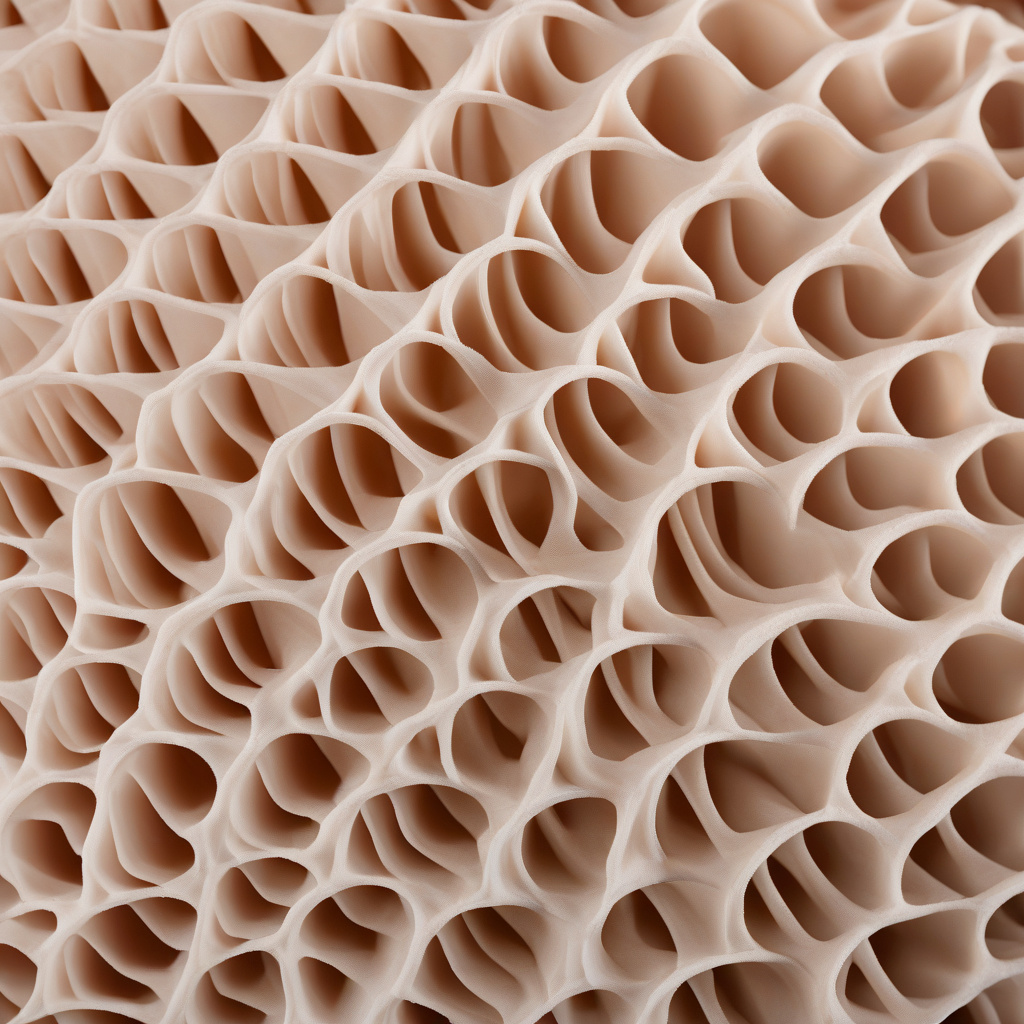Air Filter Modeled on Nasal Mucus Doubles Efficiency in Real-World Performance Tests
Chemical engineers in South Korea have developed a new air filtration system inspired by one of the human body’s natural defense mechanisms – nasal mucus. This innovative approach has shown a significant improvement in filtering efficiency compared to traditional methods, doubling its performance in real-world tests.
The human nose is an incredible biological filter, trapping dust, bacteria, and other harmful particles before they can enter the respiratory system. The team of engineers from South Korea’s Daegu Gyeongbuk Institute of Science and Technology sought to replicate this natural process in a synthetic air filter. By mimicking the structure and function of nasal mucus, they were able to create a highly efficient filtration system that outperformed existing commercial filters.
The key to the new filter’s success lies in its unique design. Traditional air filters rely on densely packed fibers to trap particles, but this can lead to clogging and reduced airflow over time. In contrast, the mucus-inspired filter features a network of nanofibers coated with a thin layer of hydrogel. This design not only captures particles more effectively but also prevents clogging, ensuring consistent performance over extended periods.
In real-world tests conducted in urban environments with high levels of air pollution, the nasal mucus-inspired filter demonstrated an impressive ability to remove particulate matter and harmful gases from the air. The researchers observed a doubling of filtration efficiency compared to a leading commercial filter of similar size, highlighting the potential impact of this technology on indoor and outdoor air quality.
Beyond its enhanced performance, the new air filter also offers practical benefits. Its design is scalable and cost-effective, making it a viable option for large-scale applications such as HVAC systems, automotive air filters, and portable air purifiers. By harnessing the principles of nature, the engineers have developed a solution that not only improves air quality but also addresses the limitations of current filtration technologies.
The implications of this innovation are far-reaching, with potential applications in various industries where air quality is a concern. From healthcare facilities and manufacturing plants to residential buildings and transportation, the nasal mucus-inspired filter could revolutionize the way we clean and purify the air around us. By drawing inspiration from the human body’s own defenses, researchers have unlocked a new frontier in air filtration technology.
As we continue to face environmental challenges and health risks associated with poor air quality, innovative solutions like the nasal mucus-inspired filter offer a ray of hope. By leveraging the power of biomimicry and engineering excellence, we can create a cleaner, healthier future for generations to come.
air filter, nasal mucus, filtration efficiency, air quality, innovative technology












